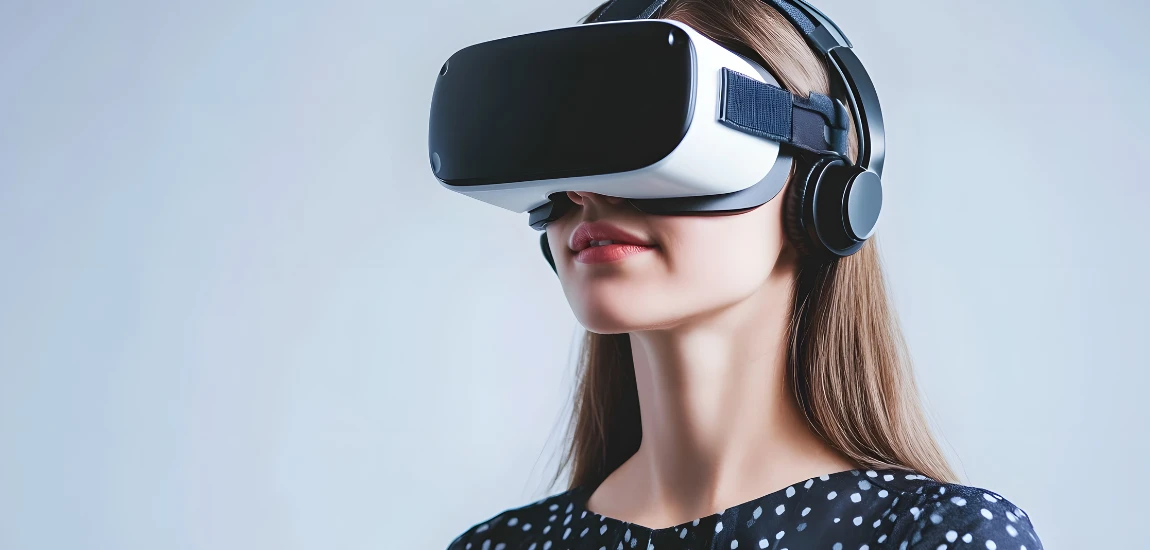Virtual Vices: How Digital Escapism Became the New Addiction

The Search for Comfort in a Digital World
In today’s hyperconnected era, the internet is no longer just a tool—it’s a refuge. When real life feels overwhelming, digital spaces offer instant relief. Whether it’s losing hours in gaming, scrolling social media feeds, or immersing in virtual worlds, people increasingly turn to screens to soothe stress, anxiety, or loneliness. What begins as harmless distraction can easily transform into a psychological dependency—an escape so rewarding that reality starts to feel secondary.
Pandemic Roots and Postmodern Pressures
The COVID-19 pandemic accelerated this dependency. As social isolation and uncertainty grew, digital worlds became a coping mechanism. Work, entertainment, social life, and even therapy moved online, normalizing screen-based existence. But the line between coping and avoidance blurred. Escapism evolved into digital addiction—a constant craving for distraction to avoid confronting discomfort, fear, or monotony.
The Allure of Unlimited Reality
Unlike physical spaces, digital worlds have no limits. They’re customizable, rewarding, and instantly accessible. With infinite content at our fingertips, boredom becomes obsolete—but so does mindfulness. The promise of perpetual engagement hides a darker reality: a generation trained to find solace in simulation rather than self-reflection.
The Psychology Behind Digital Escapism

Dopamine and the Feedback Loop
Digital platforms are engineered to exploit the brain’s reward system. Each notification, “like,” or level-up triggers a dopamine rush, creating a powerful feedback loop. This intermittent reinforcement keeps users hooked—similar to gambling addiction. The brain begins to associate digital interaction with pleasure, making withdrawal difficult and real-life experiences seem dull by comparison.
Escaping Reality vs. Enhancing It
There’s a difference between healthy escapism and harmful avoidance. Watching a movie or playing a game can refresh the mind—but when these activities become compulsive, they replace genuine coping mechanisms. Over time, the brain adapts to digital highs and craves constant stimulation. This reinforces avoidance behavior, where users choose virtual comfort over confronting real-world challenges.
The Emotional Underbelly of Escapism
Digital escapism often masks deeper emotional voids. People use virtual distractions to manage loneliness, failure, or low self-esteem. Online, one can be anyone—attractive, successful, validated. But this artificial identity can deepen feelings of inadequacy once the screen turns off. The cycle of seeking validation and avoiding discomfort perpetuates dependency, trapping users in a loop of digital self-soothing.
The Platforms That Profit from Your Distraction

Social Media as an Emotional Slot Machine
Social platforms are expertly designed to keep you scrolling. Infinite feeds, push notifications, and “stories” that vanish after 24 hours create urgency and FOMO (fear of missing out). These platforms thrive on engagement—your attention is their product. The more time you spend online, the more data they collect, and the more ads they can sell. Addiction isn’t a side effect—it’s the business model.
Gaming and the Fantasy Economy
Modern video games offer immersive universes that rival reality. With achievements, rewards, and community dynamics, games provide both identity and purpose. The danger lies in escapist overindulgence—players may invest thousands of hours or dollars to sustain their virtual personas. For some, the digital world becomes more fulfilling than real life, reinforcing isolation.
Streaming, Shopping, and Simulation
Beyond social media and gaming, streaming platforms, virtual shopping experiences, and even AI companionship apps create digital environments that encourage endless engagement. Algorithms predict emotional needs and feed tailored content to sustain immersion. The convenience and comfort of these platforms make it easy to mistake consumption for connection.
When Escapism Turns Into Addiction

The Signs of Digital Dependence
Like other addictions, digital escapism follows recognizable patterns. It begins with increased tolerance—spending more time online for the same emotional relief. Withdrawal symptoms appear when disconnected: irritability, boredom, or anxiety. Daily functioning declines as screen time replaces sleep, work, and relationships. The individual’s sense of reality begins to warp, prioritizing virtual engagement over physical presence.
Emotional Consequences of Over-Immersion
Digital addiction can lead to emotional numbness. Constant stimulation leaves little room for self-reflection or emotional regulation. Users may struggle with concentration, increased anxiety, and difficulty experiencing joy offline. The endless novelty of digital spaces conditions the brain to expect instant gratification, making patience and long-term satisfaction harder to sustain.
The Social Cost of Escaping Together
As digital escapism becomes collective, social bonds weaken. Families dine while staring at screens, friends “hang out” online instead of meeting, and intimacy gets replaced by digital proximity. The paradox is striking: we’ve never been more connected—yet genuine connection has never felt so rare. Escaping reality together means we’re all retreating from the world we share.
The Cultural Normalization of Escapism

The Productivity Paradox
Society glamorizes digital hustle and constant engagement, masking addiction as ambition. Being “always online” is rewarded—whether it’s building a personal brand or staying updated. This cultural acceptance normalizes overuse, making digital escapism harder to identify. Productivity tools and social apps blur the line between work and leisure, keeping users in perpetual engagement mode.
Escapism as Lifestyle Branding
Platforms now sell escapism as empowerment. “Digital detox retreats,” wellness apps, and virtual mindfulness sessions all exist within the same ecosystem they aim to fix. Even rebellion becomes a form of content. Escapism has turned into an aesthetic—one marketed to those desperate for disconnection yet unable to fully step away.
The Collapse of Attention
Constant digital distraction has redefined how we consume information and interact. Studies show declining attention spans and reduced emotional endurance. We process more but feel less. The ability to sit in silence, to think deeply, or to experience boredom—a crucial part of creativity—is fading. Our collective attention has become fragmented, making it harder to find meaning beyond the screen.
Escaping the Escape: How to Reclaim Your Focus

Mindful Consumption Over Mindless Engagement
The first step in breaking free from digital addiction is awareness. Notice when online engagement shifts from entertainment to avoidance. Introduce intentional breaks—like screen-free hours or device-free mornings. Replace scrolling with activities that require presence: reading, walking, journaling. The goal isn’t total disconnection but mindful reconnection with reality.
Digital Boundaries and Self-Regulation
Establish clear limits on screen time. Use built-in features to track usage, silence notifications, and block addictive apps during focus hours. Reclaim control by setting rules—no screens during meals, no checking phones before bed, no multitasking with media. Small structural changes help rebuild self-discipline, turning digital engagement from compulsion to choice.
Reconnecting Offline
Rebuild real-world connections that technology may have weakened. Engage in face-to-face conversations, community activities, or creative hobbies. Rediscover the joy of physical experience—cooking, nature, exercise. The richness of real life, with its unpredictability and imperfection, offers a fulfillment no algorithm can replicate.
The Future of Escapism: Between Reality and Simulation

The Rise of Virtual Reality and Metaverse Living
The next frontier of digital escapism lies in immersive technologies. Virtual reality (VR) and the metaverse promise full sensory escape—digital worlds indistinguishable from real life. While these innovations offer creativity and connection, they also risk deepening detachment. When simulation becomes more desirable than reality, society faces a new existential dilemma: will we still choose to live in the real world?
AI Companions and Emotional Substitutes
AI-driven interactions are turning companionship into a digital service. Chatbots and virtual friends provide emotional fulfillment without friction, creating an illusion of intimacy. But these relationships can amplify emotional avoidance, encouraging users to seek synthetic comfort instead of confronting real emotions. Emotional outsourcing may redefine what it means to connect.
Toward Conscious Digital Living
The future of technology doesn’t have to be dystopian. By designing humane technology and promoting digital literacy, we can transform escapism into empowerment. The goal isn’t to reject technology—but to use it consciously, with awareness of its psychological pull. The digital world should be a tool for creation and growth, not an escape from existence.




